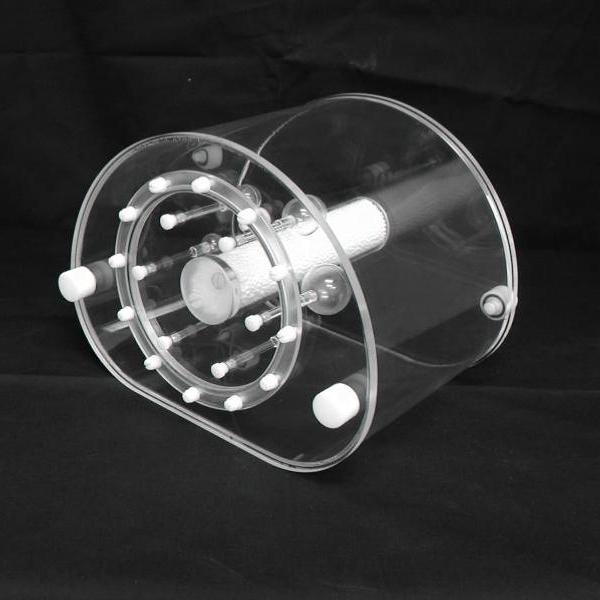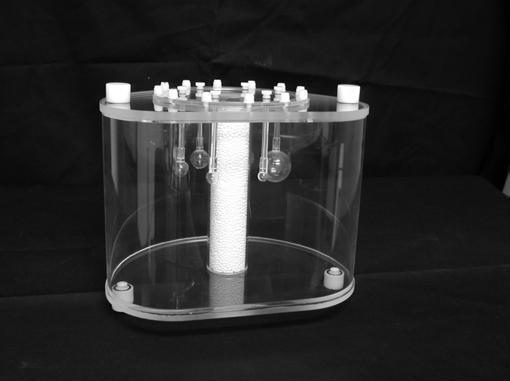- (Italiano) QUASAR™ Respiratory Motion Phantom (pRESP)
- (Italiano) Supporti per fantocci
- Hoffman 2D Brain
- Hoffman 2D Multi-Compartment
- Hoffman 3D Brain
- Flanged Jaszczak
- Flangeless Jaszczak
- Elliptical Jaszczak
- Elliptical Lung-Spine Body
- Anthropomorphic Torso
- Fillable Breast
- Cardiac Insert
- Capillary Line Fixture
- Hot Spot Insert
- Hollow Sphere 60 mm™
- Hollow Sphere Set (6)™
- Micro Hollow Sphere Set (4)™
- Nema Spect Triple Line Source
- Solid Breast Accessory Sets
- Spherical Shells
- Triple Line Insert
- PET CT
- NEMA IEC PET Body
- NEMA PET Scatter
- (Italiano) Alderson Radiation Therapy (ART) Phantom
- (Italiano) QUASAR™ MLC Beam Geometry Phantom
- (Italiano) QUASAR™ Penta-Guide Tilt Plate
- (Italiano) QUASAR™ Winston-Lutz Wand Phantom
- (Italiano) QUASAR™ Multi-Purpose Body Phantom
- (Italiano) QUASAR™ Respiratory Motion Platform
- (Italiano) QUASAR™ GRID³ᴰ Image Distortion Analysis System
- (Italiano) QUASAR™ Penta-Guide Phantom
- (Italiano) QUASAR™ MRID³ᴰ Geometric Distortion Analysis System
- (Italiano) QUASAR™ MRI⁴ᴰ Motion Phantom
- (Italiano) QUASAR™ IsoCenter Cube Phantom
- (Italiano) QUASAR™ MRgRT Insight Phantom
- (Italiano) QUASAR™ Heavy Duty Respiratory Motion Platform
- (Italiano) Fantoccio per la verifica dei trattamenti SRS
NEMA IEC PET Body
Main Features
The NEMA IEC Body Phantom Set™ consists of a body phantom, a lung insert and an insert with six spheres with various sizes.
It is designed in accordance with the recommendations by the International Electrotechnical Commission (IEC) and modified by the National Electrical manufacturers Association (NEMA).
It is recommended for use in the evaluation of reconstructed image quality in whole body PET imaging.
Main Applications
Simulation of whole-body imaging especially using PET and camera-based coincidence imaging techniques.
Evaluation of reconstructed image quality in wholebody PET and camera-based coincidence imaging.
Determination of the coincidence count rate characteristics in brain and cardiac imaging.
Evaluation of the relationship between true coincidence count rate and radioactivity.
Determination of the address errors caused by address pile up.
Evaluation of the count loss correction scheme.
Research.





